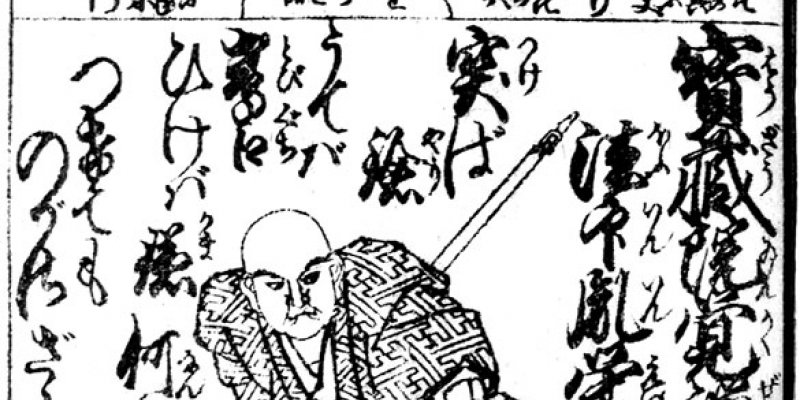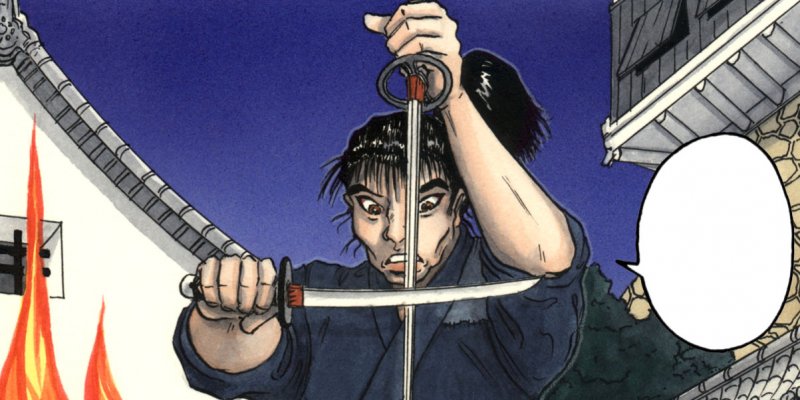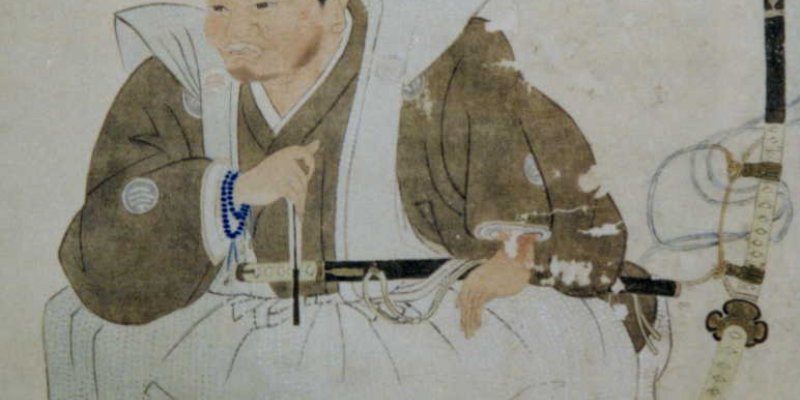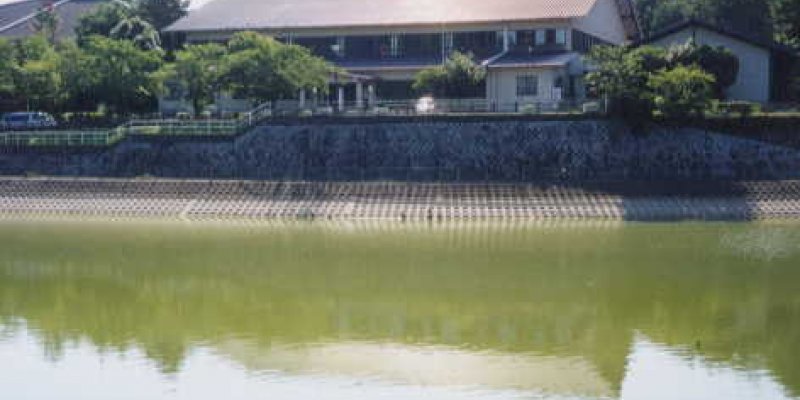Written by Kagita Chūbee, 20th sōke of the Hōzōinryū
Hōzōin Kakuzenbō Hōin Inei
Inei, the founder of the Hōzōinryū Sōjutsus, was born in the first year of Daiei (1521) as the second son of Nakamikado Tajima Inei who was a warrior monk of the Kōfukuji1. The Nakamikados were descendants of Prince Toneri2, who had been the fourth son of Emperor Tenmu3, and originally went by the family name Sakaguchi. Their ancestor Sakaguchi Musashi Nobutane had been a very strong and brave man. He loved the martial arts and was feared by everbody as the wild Musashi. In the battle of Kasagi castle in the first year of Genkō (1331), which took place during the Genkō4 war in which he fought on the emperor's side, he distingished himself and was rewarded with a sword and the family name Nakamikado by Emperor Go-Daigo5.
Von Kagita Chūbee, 20. Sōke der Hōzōinryū
Musashi and the Hōzōinryū
The Hōzōinryū was the largest Sōjutsu school during the Edo period, but that its name ist still known nowadays presumably is due to Yoshikawa Eiji's1 novel "Musashi"2.
Written by Kagita Chūbee, 20th sōke of the Hōzōinryū
The Genealogy of Hōzōinryū Sōjutsu
As I already wrote in the May issue Hōzōinryū Sōjutsu was founded by Inei and subsequently developed into Japan's biggest Sōjutsu school. One reason for this was of course the outstanding quality of the techniques of handling a sickle-spear which Inei had worked up. The other reason was the fact that a lot of excellent disciples gathered in the Hōzōinryū who systematized and developed Inei's techniques further and further from generation to generation until the school had spread all over Japan.
Written by Kagita Chūbee, 20th sōke of the Hōzōinryū
The Return of the Hōzōinryū Sōjutsu to Nara
There is a mysterious relationship between the Hōzōinryū Sōjutsu and the family Kagita. In the year Shōwa 33 (1958) my late father Chūzaburō constructed the first toll highway in Japan which lead through the Kōenzan, a mountain in the west of Nara. One feeding road to this highway was built next to the cemetary of the temple Byakugōji. On this occasion my father discovered the tombs of Hōzōin Kakuzenbō Inei an his successors. This was the beginning of the previously mentioned relationship.




